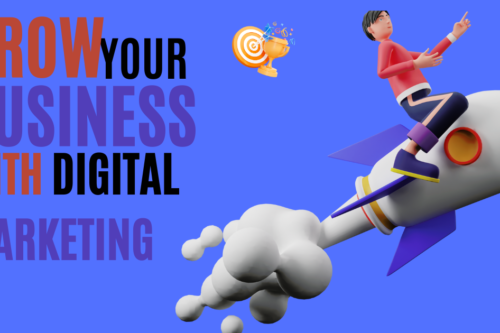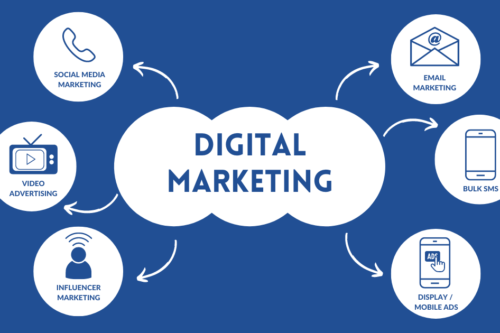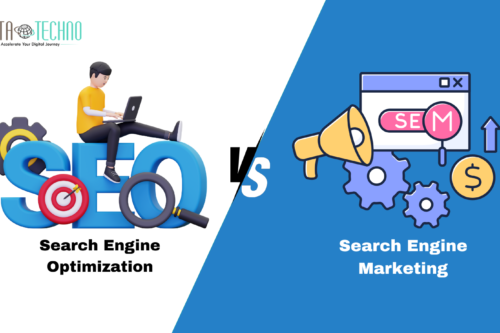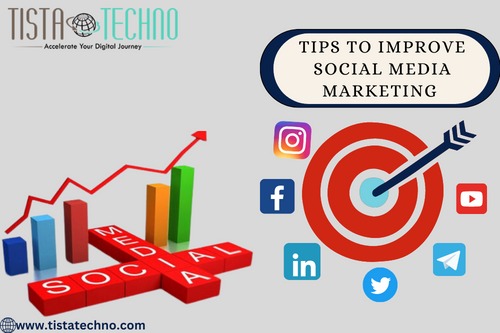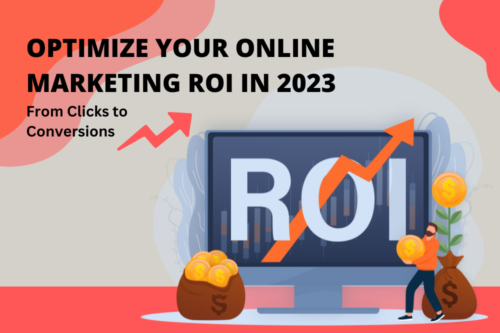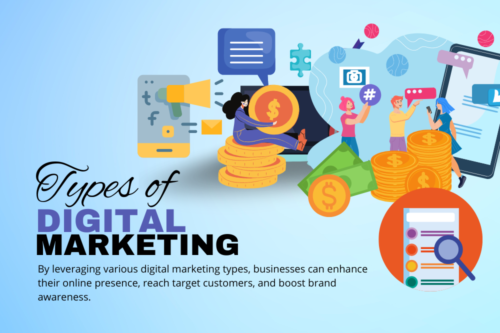What is Google Ads?
Google Ads is a renowned paid online advertising platform provided by Google, which underwent a rebranding from Google AdWords in 2018. Although the name changed, the fundamental workings of the platform remained consistent. Users who enter a keyword into a search engine receive relevant search results on a search engine results page (SERP). Among these results, paid advertisements may be specifically targeted to that keyword.
To illustrate this, let’s consider the search term “fitness coach.” Here are the Google Ads results for that query:
Google Ads results for “fitness coach.”
Observe that all the advertisements appear prominently at the top of the SERP. They resemble organic search results strikingly, except for the bolded “Ad” label placed at the top of each ad.
This arrangement benefits the advertiser because the top search results on Google typically attract most of the traffic generated by search queries.
Nevertheless, it’s important to note that purchasing advertising space on Google does not guarantee the top position. Remember that you will likely face stiff competition from other marketers vying for the same keyword through Google Ads.
To gain insight into these rankings, let’s delve into the workings of Google Ads in more detail.

How do Google Ads work?
Google Ads functions on a pay-per-click (PPC) model, which involves marketers targeting specific keywords on Google and competing with others targeting the exact keywords. When placing bids, marketers specify their “maximum bids,” which represent the highest amount they are willing to pay for ad placement.
For instance, if you set a maximum bid of $4 and Google determines your cost per click is $2, you secure the ad placement. However, your ad will not be displayed if the cost per click is less than $4. Alternatively, you can set a maximum daily budget for your ad, ensuring you never exceed a specific amount daily. This helps you better manage and allocate your digital ad campaign budget effectively.
Marketers have three bidding options available:
- Cost-per-click (CPC): The amount paid when a user clicks on your ad.
- Cost-per-mille (CPM): The cost per 1000 ad impressions.
- Cost-per-engagement (CPE): This is the cost incurred when a user performs a specific action on your ad, such as signing up for a list or watching a video.
Google combines the bid amount with an assessment of your ad’s quality, known as a Quality Score. According to Google, the Quality Score estimates the quality of your ads, keywords, and landing pages. Higher-quality ads can result in lower costs and better ad positions.
The Quality Score is rated on a scale from 1 to 10, with ten being the highest. A higher score improves your ad’s ranking and reduces the amount you need to spend on conversions. Your Quality Score and your bid amount determine your Ad Rank, which dictates the position of your ad on the search results page. When a user views and clicks on your ad, the marketer is charged a small fee for that click, hence the pay-per-click model.
The underlying idea is that the more users click on an advertisement, the higher the likelihood of achieving the advertisement’s goals, such as generating leads or driving purchases.
Now that you understand how Google Ads operates let’s explore the different types of Google ads available for your campaign.
Types of Google Campaign ( Ads )
There are several types of Google Ads that you can utilize for your advertising campaigns.
- Search Campaign
- Performance Max Campaign
- Display Campaign
- Shopping Campaign
- Video Campaign
- Discovery Campaign
-
Search Campaign :
Text-based advertisements appear on Google’s search engine results pages (SERPs). They are triggered when users search for specific keywords related to your ad. Search ads are popular for businesses aiming to increase website traffic and generate leads.
Performance Max Ads: Performance Max ads are a relatively new type of Google ad that offers advertisers expanded reach across multiple channels, including Google Search, Display, YouTube, and more. These ads utilize machine learning to optimize performance and deliver results based on your campaign goals.

-
Display Campaign :
Display ads are visually appealing images or banner advertisements on websites within the Google Display Network. The Display Network comprises a vast network of partner websites, allowing you to reach a broader audience and increase brand visibility.

-
Shopping Campaign :
Shopping ads are product-focused advertisements that showcase your products directly within the search results. They feature product images, prices, and other relevant details. Shopping ads are ideal for e-commerce businesses promoting their products and driving sales.

-
Video Campaign :
Video ads are compelling advertisements on platforms like YouTube. They can be skippable or non-skippable video content, video discovery ads, or bumper ads. Video ads allow businesses to engage with their audience through captivating visual storytelling.

-
Discovery Campaign :
Discovery ads are native advertisements that appear across various Google platforms, including the Gmail Promotions and Social tabs, YouTube Home feed, and the Google Discover feed. These ads aim to capture users’ attention by presenting relevant and personalized content in a visually appealing format.
Each type of Google Ad serves different purposes and caters to specific advertising goals. It’s crucial to understand your target audience, campaign objectives, and the unique benefits of each ad format to make informed decisions and create effective advertising campaigns.
Setting Up Your Google Ads Account
To begin using Google Ads, you need to set up an account. Here’s a step-by-step guide to get you started:
- Visit the Google Ads website and click the “Start Now” button.
- Sign in with your Google account or create a new one if you don’t have an existing account.
- Choose your main advertising goal, such as increasing website traffic or driving phone calls.
- Set up your first campaign by selecting the campaign type, budget, and targeting options.
- Create your ad groups and keywords. Keywords are crucial as they determine when and where your ads will appear.
- Craft compelling ad copy that grabs the attention of your target audience and includes a solid call to action.
- Set your bids and budgets for maximum control over your ad spend.
- Review your settings and launch your campaign.
Optimizing Your Google Ads Campaigns
Once your campaigns are up and running, it’s essential to optimize them to achieve better results continuously. Here are some essential tips to optimize your Google Ads campaigns:
- Keyword Research
Perform thorough keyword research to identify the most relevant keywords for your business. Use tools like Google Keyword Planner to discover high-performing keywords and assess their search volumes and competition levels.
- Ad Copy Testing
Regularly test different ad copy variations to determine which resonates best with your audience. Experiment with different headlines, descriptions, and calls to action to improve click-through rates and conversion rates.
- Ad Extensions
Take advantage of ad extensions to provide additional information and increase the visibility of your ads. Extensions like site links, call extensions, and location extensions can enhance your ad’s effectiveness and attract more qualified clicks.
- Landing Page Optimization
Ensure that your landing pages align with your ad copy and provide a seamless user experience. Optimize your landing pages for speed, relevance, and clarity to maximize conversions and minimize bounce rates.
- Conversion Tracking
Implement conversion tracking to measure the success of your campaigns. Set goals and track important actions, such as form submissions or product purchases, to gain insights into your campaign’s performance and make data-driven decisions.
Conclusion
Google Ads offers a powerful platform for businesses to connect with their target audience and drive meaningful results. By following this beginner’s guide, you have gained a solid foundation to utilize Google Ads effectively. Remember to continuously monitor and optimize your campaigns to stay ahead in the competitive digital landscape. Embrace the possibilities that Google Ads offers and propel your business towards success.



